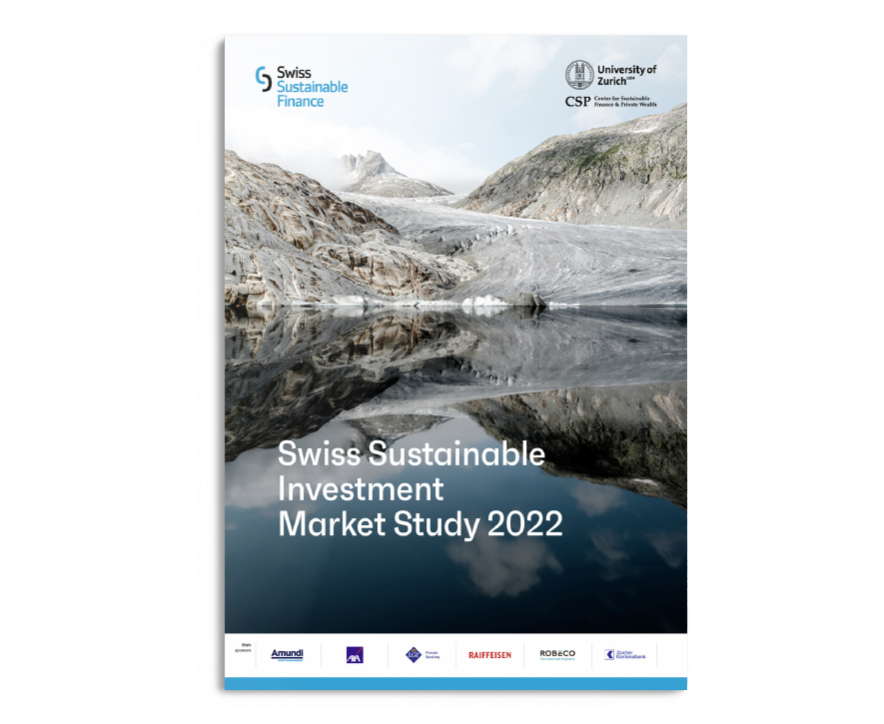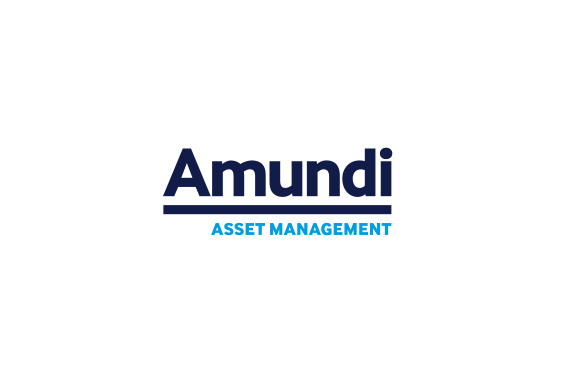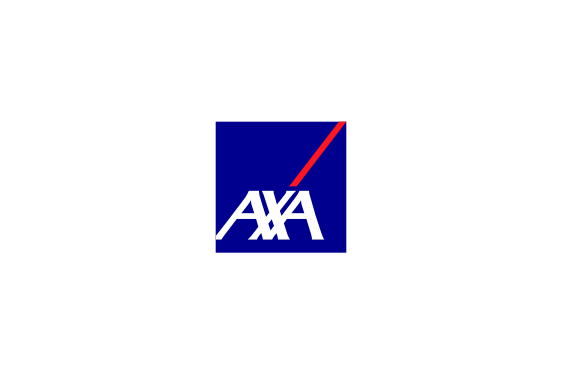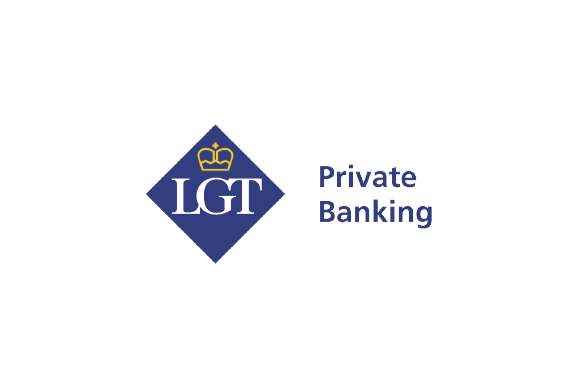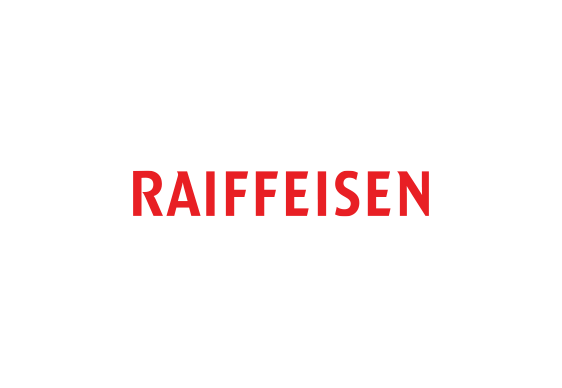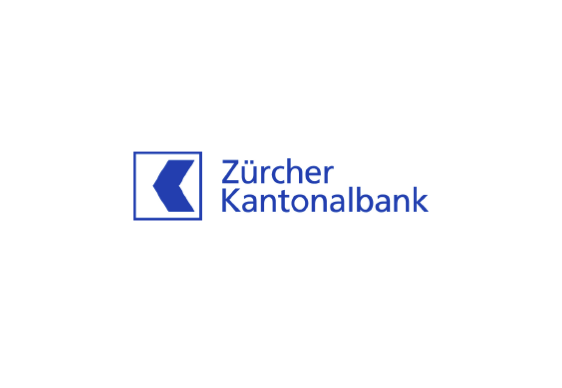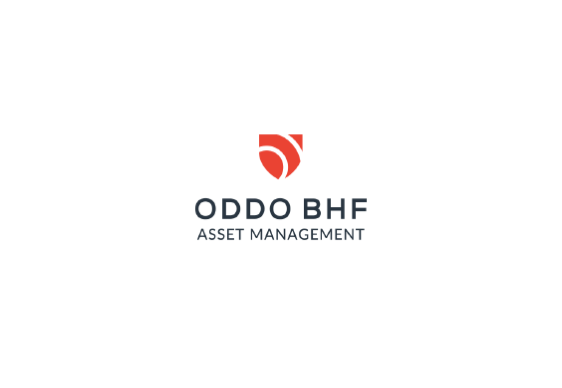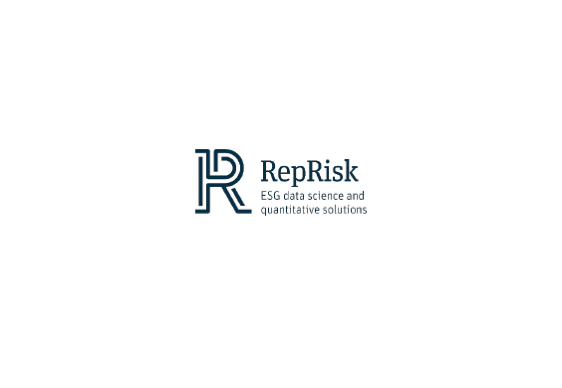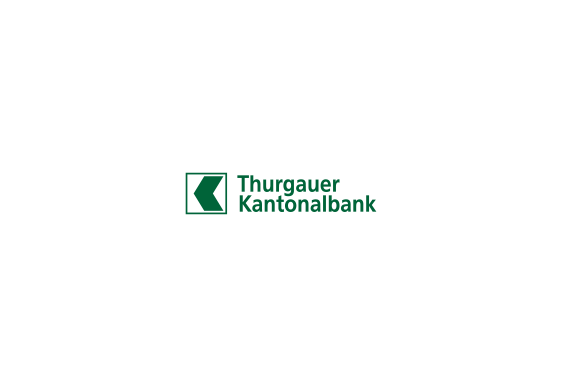Preface
Integrating sustainability into investment decisions has become mainstream in Switzerland. The fifth Swiss Sustainable Investment Market Study, jointly prepared by Swiss Sustainable Finance (SSF) and the Center for Sustainable Finance and Private Wealth at the University of Zurich, unequivocally confirms this trend. It is not just the growing number of asset managers offering a broad variety of sustainable investment products and integrating ESG aspects into their full range of investments. Increasingly, pension funds and private clients are actively searching for sustainable solutions and confronting their providers with questions on the sustainability performance and impact of products and services.
Given the complexity of the market, it is hardly surprising that clients still have numerous questions. On the one hand, sustainable investing builds on various approaches and has many shades of green. On the other hand, there are countless acronyms and different terms used, but mostly lacking consistent standards. This is one of the reasons why allegations of greenwashing have become a prominent topic in the media. Both the Swiss government and the financial regulator are taking steps to address the topic and foster transparency. The government has made a clear call to the finance industry to provide transparency on climate alignment, and is working on respective recommendations, while FINMA in the past year has called for more standardised and encompassing information on fund processes.
A key question that investors often bring up concerns the actual impact of sustainable investments. Against the backdrop of a brutal war being waged in Europe, ongoing destruction of the natural environment with accelerating loss of biodiversity, and a climate crisis that is becoming ever more visible, the difference that investor stewardship can make concerns all of us. Yet the answer is not straightforward and we have to acknowledge that not all forms of sustainable investing have a direct and immediate effect. Various initiatives have already helped to provide further clarity, but more work needs to be done to come to a widely accepted concept of investor impact and related transparency frameworks. SSF is contributing to such initiatives, be it through its own recommendations or its inputs in various working groups.
With this market study, we once more provide a comprehensive overview of how the Swiss investment market continues to embrace sustainability themes. On top of that, we offer insights into recent regulatory developments, the role of biodiversity for investors, the way genderrelated factors can be integrated into investment decisions, and the role of the many emerging investor alliances for net zero. We look forward to working with our members to further advance sustainable finance, as we continue on our mission to contribute to positive change in the economy and society.

Patrick Odier
Präsident SSF

Sabine Döbeli
CEO SSF
![]() Download report (full version) below
Download report (full version) below
Executive Summary
In 2021, the market for sustainable investments (SI) in Switzerland continued its growth story. Based on the responses to a market survey performed by Swiss Sustainable Finance (SSF), which collects data on the funds and mandates reported by banks and asset managers and internally managed asset owner volumes, SI volumes increased by 30% to CHF 1,982.7 billion. This growth rate is almost the same as last year (31%). SI mandates showed the highest growth rate of 109%. A third of this growth can be attributed to new survey participants. Sustainable funds increased by 15% and the sustainable assets of asset owners by 11%. Overall, the SI market growth can be ascribed to two main effects: a wider adoption of SI approaches and the positive market performance in 2021. On the level of sustainable funds, volumes increased to CHF 799.5 billion. This number corresponds to about 53% of the entire Swiss funds market – similar to last year, this represents more than half of the overall fund market. These outcomes again underline the progressive mainstreaming of sustainable investments in Switzerland.
Development of sustainable investments in Switzerland
(in CHF billion)
Total sustainable investment volume now at CHF 1,982.7 billion (+30% compared to 2020)
Exclusion: the most prominent approach
In last year’s study, we highlighted that ESG integration was the most prominent sustainable investment approach. With substantial growth of about 48% in 2021, exclusions are now – as in previous years – once again the most prominent approach. This growth can mainly be ascribed to the fact that coal exclusions have doubled compared to last year’s study.
Highest growth rate: sustainable thematic investments
Sustainable thematic investments have experienced the highest growth of all approaches, with 157%, and are now applied to almost 10% of all SI assets in Switzerland in 2021. The growth was driven by large providers of thematic investments, which recorded a large increase in existing products. Similar to impact investments, sustainable thematic investments are mainly applied by asset managers. The top sustainable themes in 2021 were related to energy, followed by social themes (community development, health) and other environmental topics (e.g. water, cleantech). Besides concentrating on one specific theme, asset managers also held a number of multi-themed funds and mandates combining a broad range of the themes addressing a mix of both social and environmental topics.
Development of sustainable investments aproaches
(in CHF billion) (n=81)
Main sustainable thematic investment themes for asset managers
(in number of respondents) (n=35)
Investment practices remain diverse
For the third time, this year’s study looks at common combinations of SI to gain a better picture of the nature and quality of reported volumes. The volumes combining five or more approaches increased to 27% (2019: 9% ; 2020: 14%). Due to this increase, the volumes applying four and three approaches simultaneously decreased slightly. At the same time, the amount applying only one approach also increased compared to the previous year. We can therefore conclude that the investment practices remain diverse and we cannot identify a clear trend towards the combination of a growing number of approaches.
Number of approaches applied to sustainable investment volumes
(in %) (n=74)
Importance of asset classes barely changed
The asset allocation distribution for SI has barely changed compared to the previous years. Equity still ranks first, with about a third of all volumes, followed by corporate bonds at roughly a quarter of all investments. While this picture reflects overall asset class allocation, at the same time it shows that SI is an integral component applied to all relevant asset classes.
Asset class distribution for sustainable investment
(in %) (n=75)
Even distribution for main implicit motivations for sustainable investments
In order to better understand investors’ motivations for sustainable investments, we tried to cluster all reported volumes into three categories, following the classification by a recent report of Asset Management Association Switzerland and Swiss Sustainable Finance.1 The basis for our analysis was the matrix that illustrates the suitability of different sustainability approaches for different investors’ sustainability goals (see box on page 32 of print version for explanation of method). The analysis shows a relatively even distribution between the three main implicit motivations: about 40% of all volumes reflect primarily a financial motivation, i.e. sustainable investments are seen as a means of achieving a better risk/return profile. Around 32% of the investments are mainly driven by the motivation to contribute to positive change and 28% reflect the primary motivation to align investments to the values of investors. Although financial performance seems to be the dominant motivation, there is also strong interest for positive change.
Main implicit motivations for sustainable investments
(in % of AuM)
A variety of impact measurement strategies
This year, asset managers were additionally asked how they measure their impact. A quarter of the respondents measure specific SDG contributions, while half of the respondents use a combination of the possible answers (qualitative assessment, measuring based on SDG contributions, physical/social indicators and successful engagement activities).
Impact measurement strategies for asset managers
(in number of respondents) (n=20)
Regulatory developments and emerging topics
In addition to the quantitative analysis of key SI trends, the study also sheds light on regulatory developments and key emerging topics in the SI market.
While there is no overarching Swiss legislative framework on sustainable finance, many Swiss financial market players keep progressing, and implement market-driven solutions. However, the counter-proposal to the “Responsible Business Initiative” and the respective executive ordinances of the Federal Council will introduce new duties for companies. Furthermore, by adopting several measures in 2021, the Federal Council made new significant announcements for financial market players, thereby accelerating change. FINMA focused on consumer protection and specified transparency obligations for climate risks. Also, the rapidly evolving EU regulatory landscape is very important for Swiss financial institutions that conduct activities in the EU or have European clients.
Finally, the study explores three future key themes: biodiversity, gender lens investing, and net zero alliances and commitments.
While the market has concentrated heavily on climate risks, the dependence of the world economy on nature and biodiversity, and its reflection in reporting, is finally attracting more attention. In this context, the framework from the Taskforce on Nature-related Financial Disclosure (TNFD) helps companies to report information on nature-related data. An interview with a TNFD expert sets out the background and key objectives of the framework.
The social dimension of sustainability has been a long-standing concern for governments and a challenge for investors and companies alike. It is embedded in most of the Sustainable Development Goals, the European Social Charter and the Convention on Human Rights. The Gender Lens Initiative for Switzerland (GLIS) seeks to help the Swiss financial industry seize the economic benefits of gender equality and SDG5, which is a key component of social impact within ESG and the SFDR, and a requirement under Swiss and international laws. The GLIS article in Chapter 6 recommends gender-lens key actions for both investors and companies.
In the past year, a number of new net zero initiatives have emerged, and the net zero concept has gained considerable momentum throughout the entire financial industry. This is a positive development, even if neither the global economy nor financial actors are currently on track to meet 2050 targets. Becoming a signatory to a net zero alliance means access to a support community and frameworks for ensuring that crucial interim targets on route towards the 2050 goal are realistic, verifiable and aligned with scientific climate models. The net zero article in Chapter 6 gives an overview of the various alliances and the 36 SSF members that have already signed a net zero pledge up to April 2022.

